Case Studies
EMC has extensive experience in implementing Drill-to-Mill value chain optimisation projects across a number of operations focusing on improving mill throughput and decreasing energy. Results from these projects indicate a range of 5 to 40% increase in mill throughput; and 10-25% reduction in SAG mill specific energy.
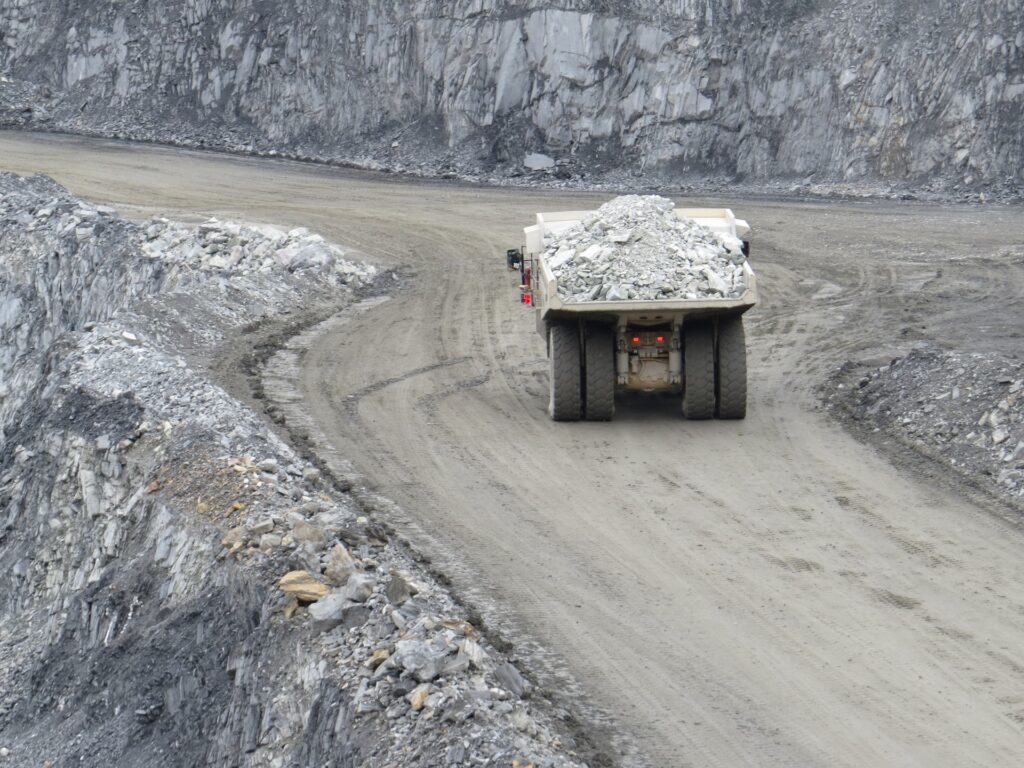
DRILL-TO-MILL OPTIMIZATION
The client engaged EMC to perform a Drill-to-Mill integration and optimization project at Pustynnoye open pit gold mine, Kazakhstan. The project involved developing and ore characterization program, Drill&Blast...
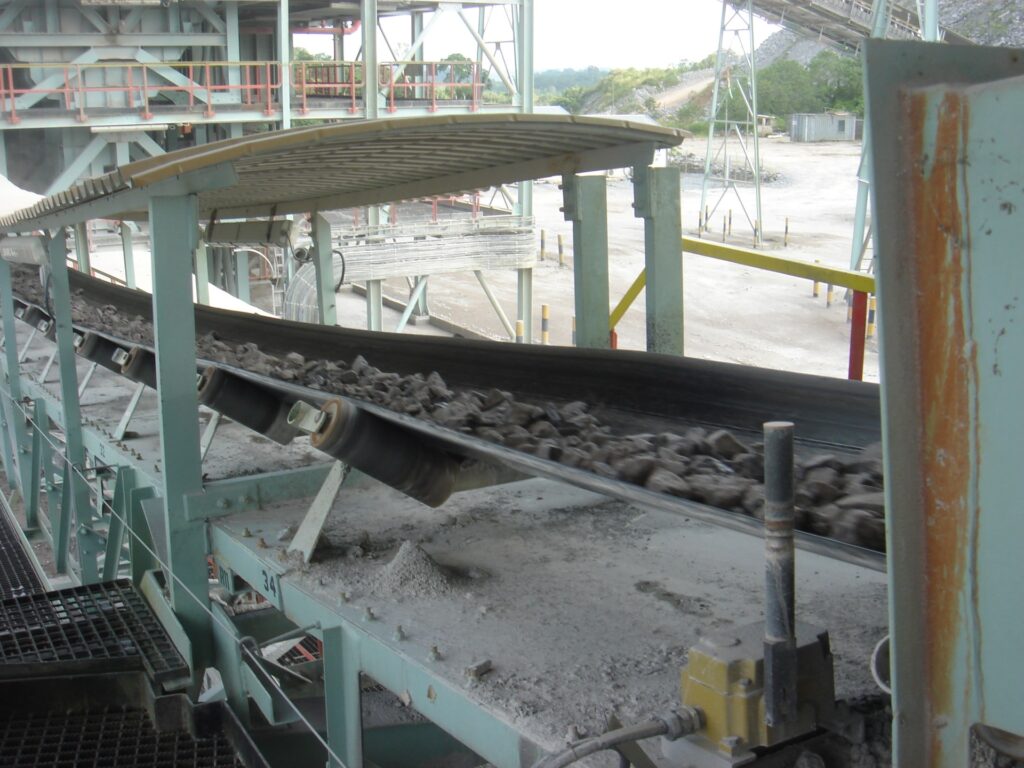
DRILL-TO-MILL OPTIMIZATION
A Drill-to-Mill integration and optimization study was requested to increase the mill throughput at a gold mine in Ghana. The processing plant was 25% short of target mill throughput. It is an open-pit mine...
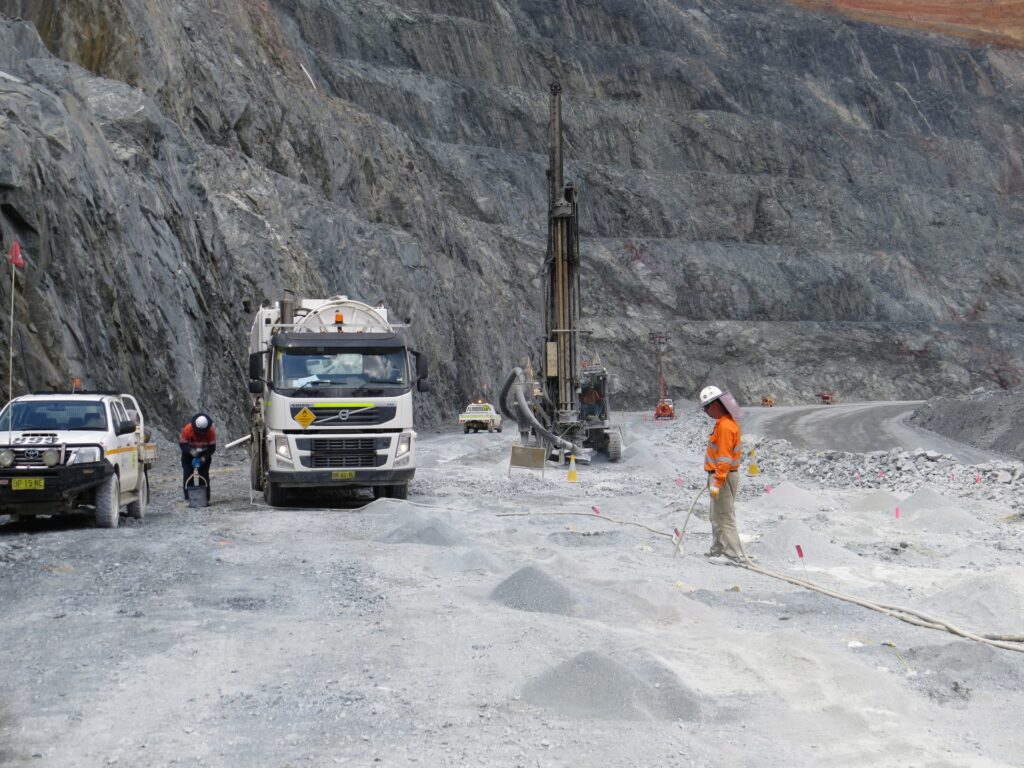
DRILL&BLAST OPTIMIZATION
The client engaged us to conduct a comprehensive final wall blasting design and optimization study at an open pit mine in Australia. The mine identified that 5 degrees of wall- steepening would free-up 128,957...
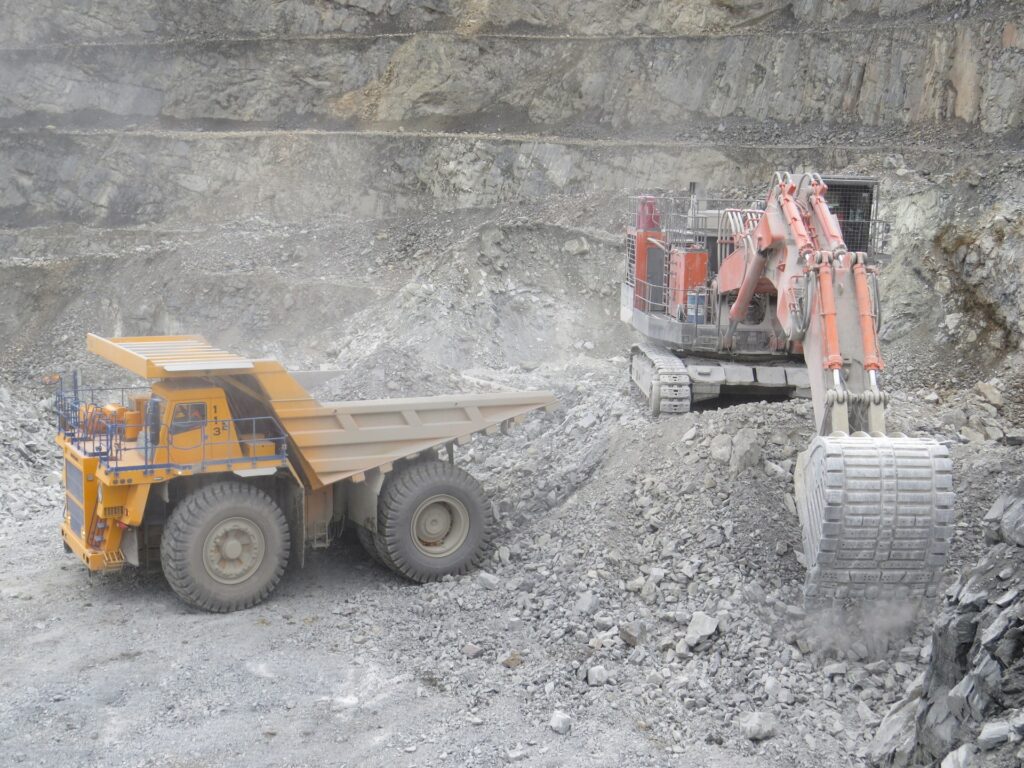
EXCAVATOR PRODUCTIVITY OPTIMIZATION
We analyse the availability/utilisation of the mining equipments and their productivities. The analysis gives good insight into the shovel/loader performance and potential areas...
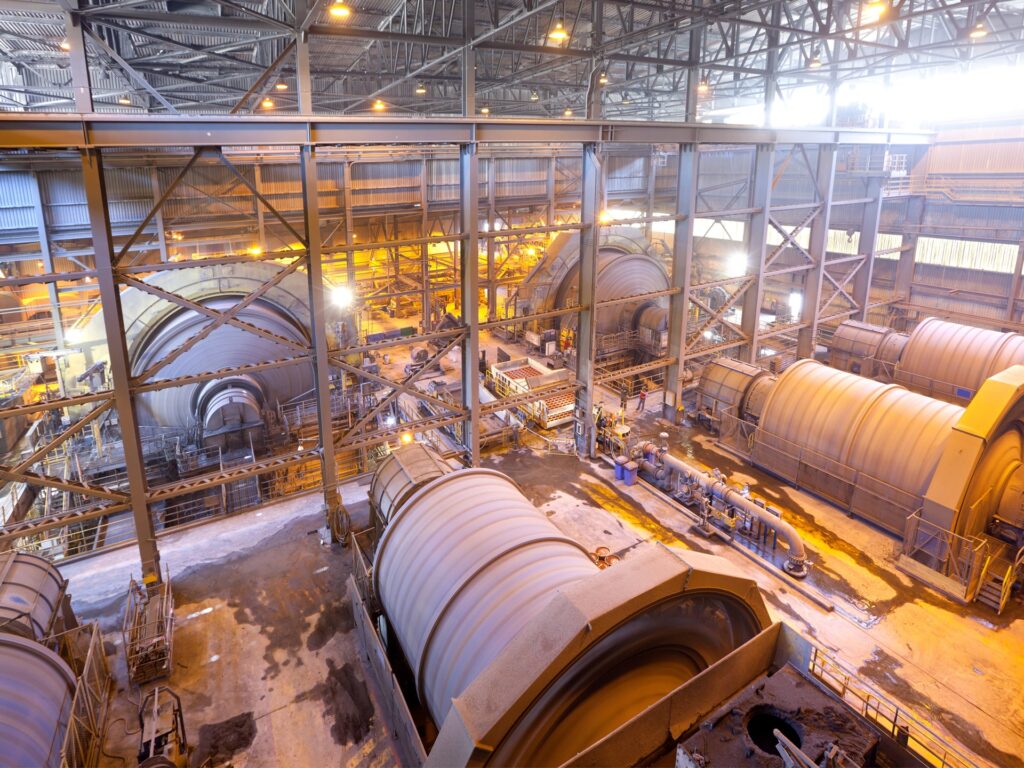
COMMINUTION CIRCUIT DESIGN
In the geometallurgical context material tracking along the processing circuits were critical. In order to optimize the grinding performance around the SABC circuit the multicomponent modelling of the...
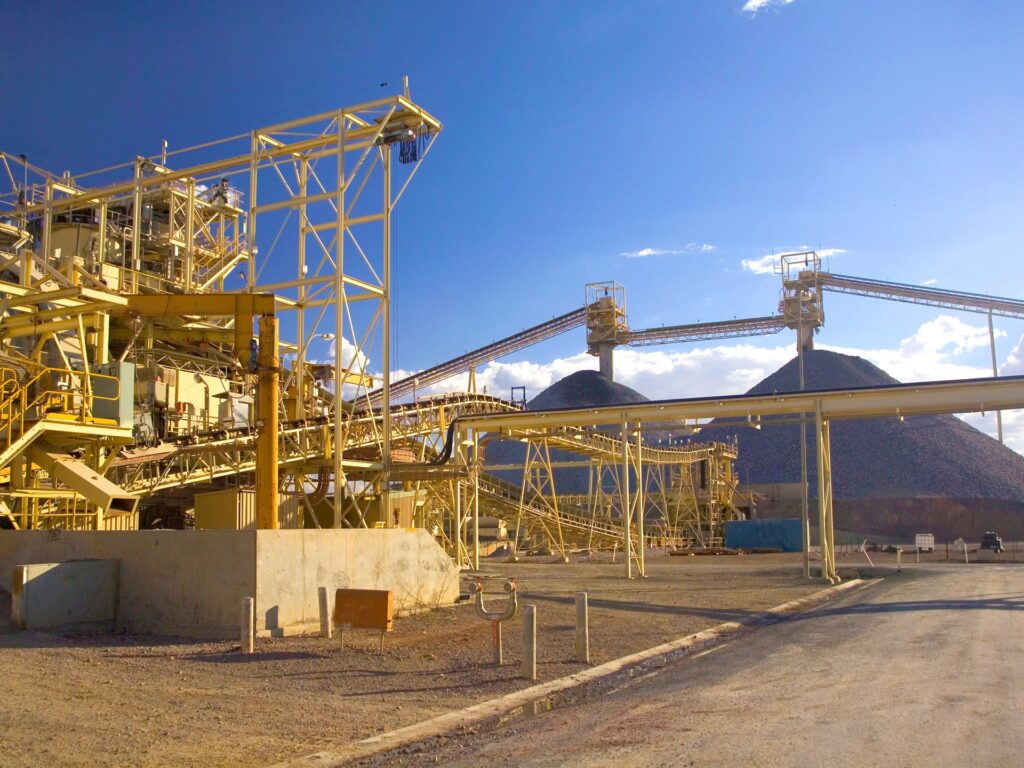
COMMINUTION OPTIMIZATION
A Drill-to-Mill integration and optimization study was requested to increase the mill throughput at a platinum mine in Africa. The HPGR circuit is added to the circuit to upgrade the production 30 %...
